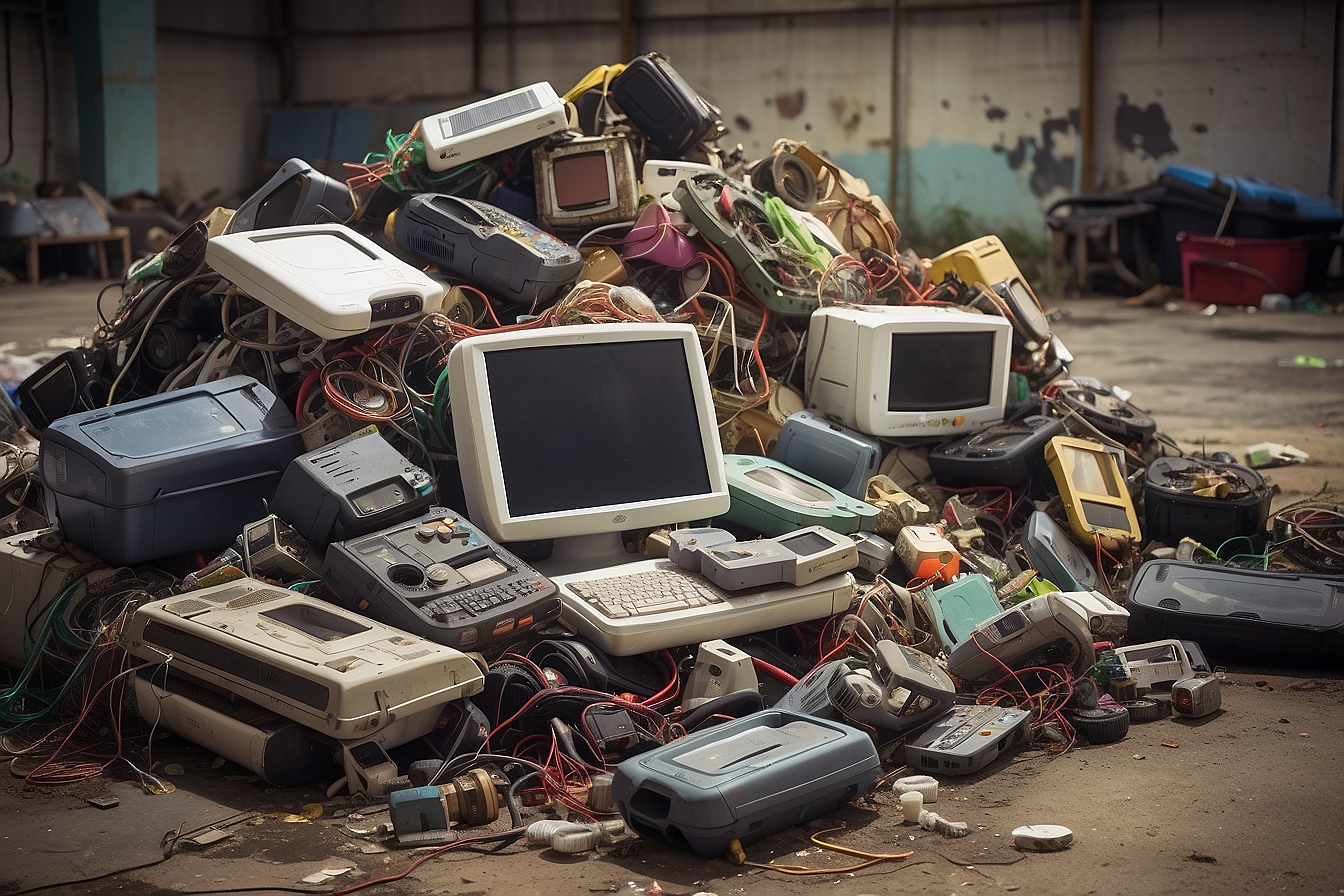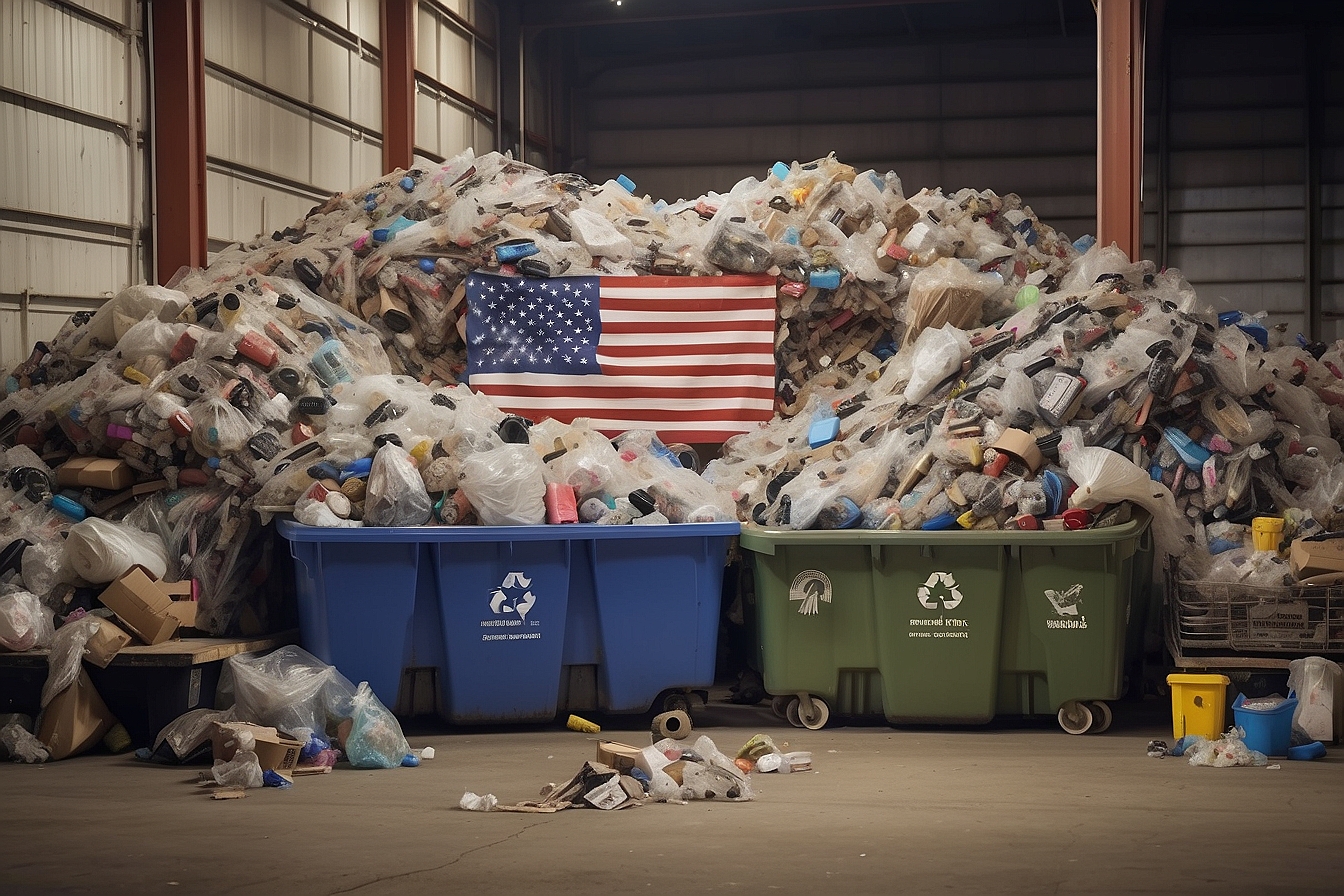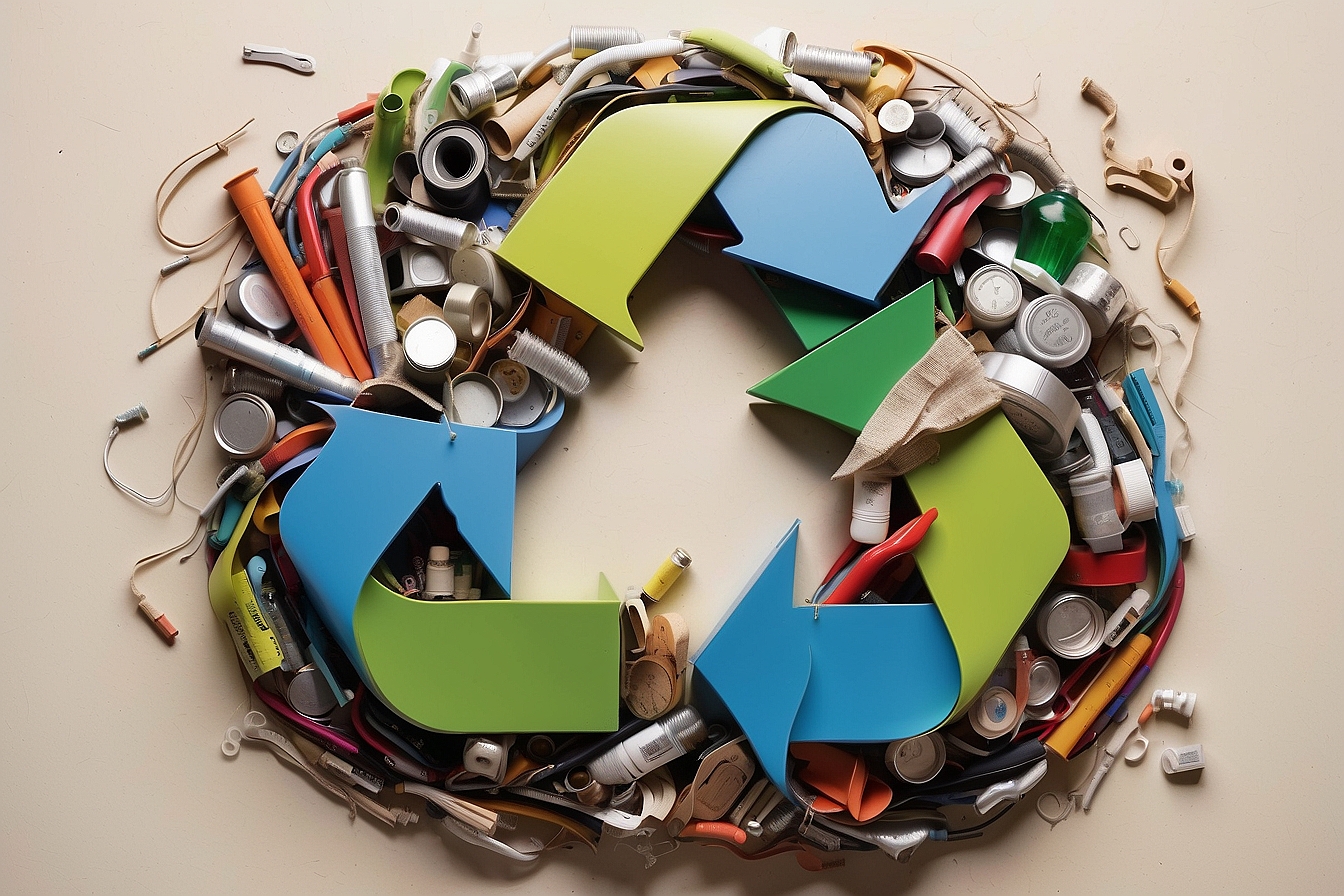We’re all too familiar with the scenes of overflowing bins on our street corners, an all-too-clear reminder of our society’s penchant for disposable goods. It troubles us deeply, much like it likely does you.
After immersing ourselves in comprehensive research, we’ve uncovered something rather promising: a circular economy could well be the silver bullet we’re looking for. In this article, we’ll unfold how adopting such an approach not only has the potential to turn waste into a source of wealth but also helps protect the very future of our beloved planet.
So let’s roll up our sleeves and get stuck in—it’s high time we turned back the tide on rubbish!
Key Takeaways
- The circular economy aims to design out waste and keep resources in use by designing products that can be reused, recycled, or repurposed. This includes using renewable materials and reducing the environmental impact of production.
- Businesses like Patagonia, Interface, Philips, Renault, and Loop Industries are leading examples of implementing circular economy practices by recycling materials, creating recyclable products, and encouraging product longevity.
- Transitioning to a circular economy presents numerous benefits for global economies such as job creation in manufacturing and waste management sectors, resource efficiency, lower production costs while meeting sustainability goals.
- A focus on a circular plastics economy is crucial for reducing pollution with initiatives that include improving plastic sorting technologies for recycling processes and investing in biodegradable alternatives.
- Actions taken towards promoting a more sustainable approach to resource management involve collaborative partnerships across different industries aimed at creating circular supply chains essential for long-term economic growth and environmental health.
What is the Circular Economy?
The circular economy is a sustainable economic model that focuses on reducing waste and reusing resources. It aims to design out waste and pollution, keep products and materials in use, and regenerate natural systems.
This approach promotes resource conservation, environmental sustainability, and climate change mitigation through circular production systems.
Principles and principles driven by design
We approach the idea of a circular economy with design at its heart, setting out clear principles that work towards sustainability and resource management. By designing products and systems with their entire life cycle in mind, we ensure materials can be reused, recycled or repurposed.
This is more than just waste reduction; it’s about creating value from what would otherwise be discarded.
Our focus on environmental impact drives us to rethink how resources flow through our society. Every item we use should contribute to reducing pollution, conserving biodiversity and mitigating climate change effects.
Design strategies include using renewable energy sources, incorporating upcycling techniques and aiming for zero waste outputs. Through these practical steps in sustainable resource management, we’re making real progress towards a green economy that respects both people and the planet.
Examples of circular economy businesses
Moving on from the principles and principles driven by design, let’s delve into some examples of circular economy businesses. These companies have embraced the concept of circularity and are leading the way in rethinking waste and resources.
- Patagonia – This outdoor clothing company has set up a successful program for recycling old garments, turning them into new products to reduce waste and promote resource efficiency.
- Interface – A global flooring manufacturer that is committed to producing fully recyclable carpets, using recycled materials and designing products for easy disassembly and reusability.
- Philips – Known for its innovative lighting solutions, Philips has implemented a product-as-a-service model where they retain ownership of their lighting products, enabling them to recover and recycle materials at the end of the product’s life cycle.
- Renault – This automobile manufacturer is pioneering remanufacturing practices, where used car parts are refurbished to their original condition, reducing the need for new raw materials while promoting resource recovery.
- Loop Industries – A company focused on transforming PET plastic waste into high-quality packaging materials through a closed-loop recycling system.
Benefits for global economies
Transitioning from examples of circular economy businesses, it’s clear that embracing the circular economy model offers numerous benefits for global economies. Not only does it create new economic opportunities and industries, but it also promotes resource efficiency, reduces waste generation, lowers production costs, and contributes to overall sustainability goals.
By encouraging reusing, repurposing, and recycling materials within a closed-loop system, the circular economy stimulates job creation in various sectors such as manufacturing, technology development, and waste management.
As a result, this shift towards sustainable practices has the potential to drive economic growth while simultaneously addressing environmental challenges.
Embracing the principles of the circular economy not only promotes responsible resource management but also creates a more resilient and robust global economy. This approach can help reduce reliance on finite resources while fostering innovation in design solutions and production processes.
Rethinking Waste and Resources in the Circular Economy
In the circular economy, waste and resources are rethought to promote sustainable practices. This includes designing products for circularity, moving towards a circular plastics economy, and taking actions to promote a more sustainable approach to resource management.
Designing for circularity
Designing for circularity involves creating products and systems that can be reused, repaired, and recycled. This includes:
- Reducing waste by designing durable products that have a longer lifespan and can be easily repaired.
- Using renewable or biodegradable materials in product design to decrease environmental impact.
- Incorporating modular designs to facilitate disassembly and the reuse of components.
- Implementing reverse logistics to efficiently recapture and redistribute used products or materials.
- Engaging in collaborative partnerships across industries to promote circular supply chains.
Moving towards a circular plastics economy
As we move towards a circular plastics economy, businesses and governments are rethinking traditional linear models to reduce waste and promote recycling initiatives. The focus is on designing products for durability and recyclability, thereby reducing the strain on biodiversity preservation and pollution control.
Efforts to encourage reuse and repurposing are key in this transition, with actions being taken to ensure plastics remain within the economy rather than becoming waste. This shift towards a circular approach holds great promise for tackling environmental challenges associated with plastic usage.
Embracing a circular plastics economy brings positive changes by decreasing reliance on virgin materials and minimising the harmful impact of plastic waste on our environment. Through innovative design practices, coupled with effective recycling systems, we can work towards creating an ecosystem where plastics are used responsibly without compromising the health of our planet.
Actions being taken to promote a circular economy for plastics
Plastics recycling initiatives are being expanded to increase the collection and recovery of plastic waste.
- Innovations in plastic sorting technologies are enhancing the efficiency of recycling processes.
- Collaborative efforts between governments, businesses, and consumers are advocating for the use of recycled plastics in manufacturing.
- Investment in research and development is driving the creation of biodegradable and compostable plastic alternatives.
- Educational campaigns are raising awareness about the importance of reducing single – use plastics and promoting sustainable consumption practices.
Conclusion
In conclusion, the circular economy revolutionises our approach to waste and resources. It promotes reuse and repurposing efforts across various industries. Embracing this model benefits global economies and supports conservation efforts.
We must continue to drive change towards a more sustainable future for all.
FAQs
1. What is the circular economy?
The circular economy is a way to manage our resources by reusing and repurposing products instead of throwing them away.
2. How does the circular economy help our planet?
By focusing on reuse and repurposing efforts, the circular economy reduces waste, saves materials, and takes better care of Earth’s resources.
3. Can I participate in the circular economy at home?
Yes, you can be part of the circular economy by repairing items, recycling properly, and choosing products that can be reused or recycled easily.
4. Why should businesses adopt a circular economy model?
Businesses should adopt this model because it helps create less waste from their products and materials can stay in use longer which is great for both profit and planet.





